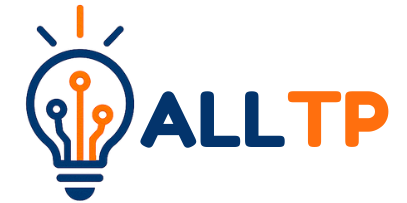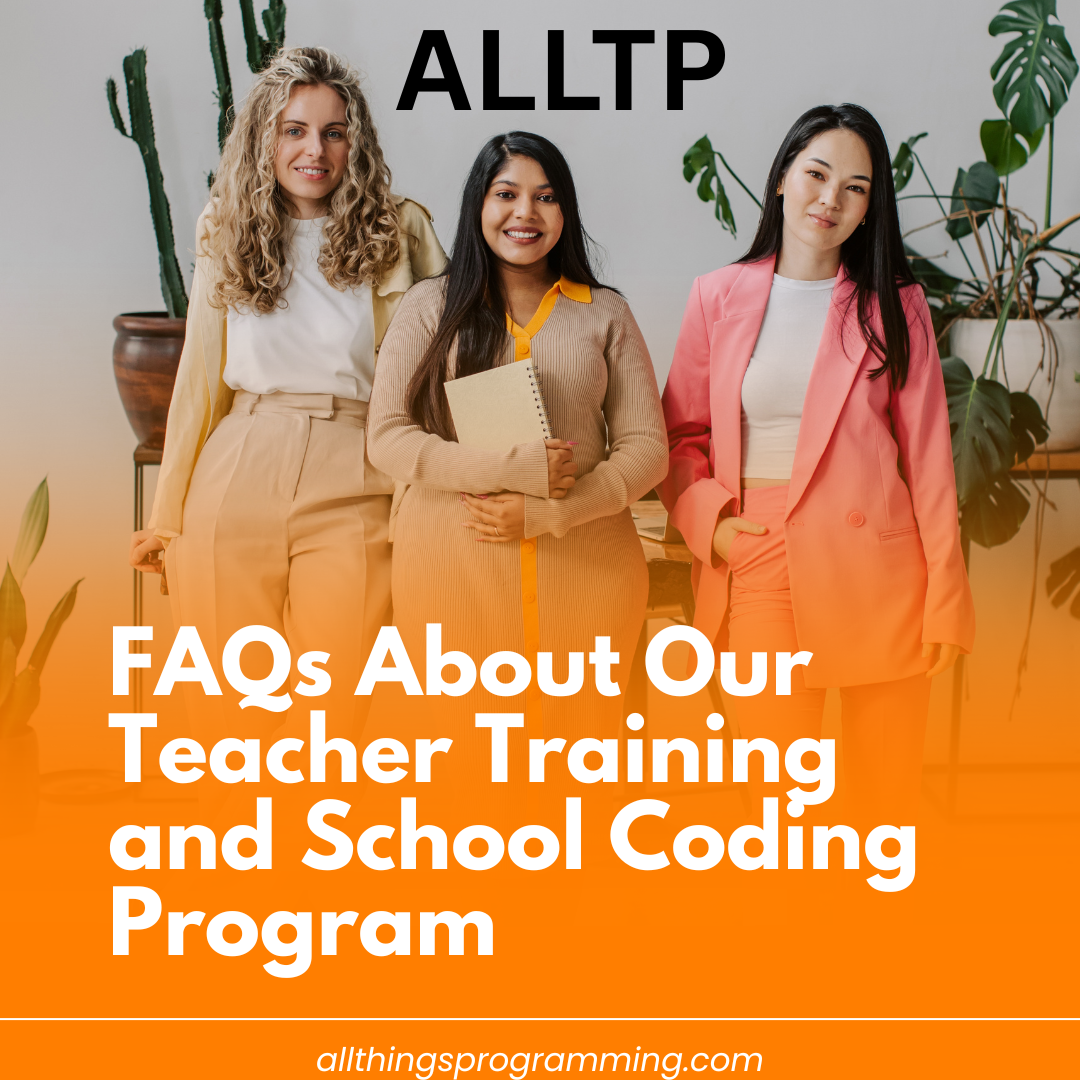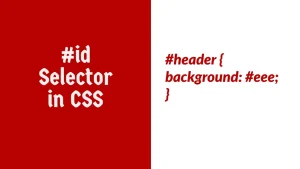At All Things Programming, we believe every teacher can lead the digital revolution, regardless of their tech background. Our mission is to make coding education accessible and practical for all schools. We provide tools, training, and ongoing support to empower educators with confidence. When teachers are prepared, students are inspired to explore and create with code.
In today’s world, coding is a core literacy, not just a technical skill. From PP1 to university, we make coding for kids engaging and age-appropriate. Students learn to think critically, solve problems, and innovate with technology. With the right guidance, they don’t just consume tech they build it.
General Questions Asked
1. What is the All Things Programming school coding program?
The All Things Programming school coding program is a structured, beginner-friendly curriculum designed to introduce students to the world of computer science. Our program combines hands-on activities with real-world coding skills using tools like Scratch, Blockly, HTML/CSS, Python, and basic robotics. We focus on building logical thinking, creativity, and digital problem-solving in a fun and engaging way.
The program is tailored for schools that want to integrate coding into their learning experience, whether as a stand-alone subject, an after-school club, or part of their ICT curriculum. It serves students of varying experience levels and is supported by trained teachers who guide the learning process in-class or remotely.
2. Who can enrol in the teacher training?
Our teacher training is open to anyone in an educational role who wants to bring coding into their classroom.
No technical background is required. We provide step-by-step training that supports total beginners and helps build confidence over time. The goal is to empower more teachers to lead coding sessions effectively, regardless of their starting point.
3. What age groups or school levels is the program designed for?
The program is adaptable for learners from PP1 to university level. Each module is age-appropriate, using visual tools like Scratch for younger learners, and progressing to text-based coding like Python and web development for older students.
4. What will teachers learn during the training?
Teachers will gain hands-on experience with coding languages like Scratch, Python, and HTML/CSS, explore digital teaching tools, and learn engaging methods to teach coding effectively.
The training also covers assessment strategies, project-based learning, and adapting lessons for various age groups. Whether you’re a beginner or experienced, you’ll leave with practical skills to apply in the classroom.
5. How long is the training, and how is it delivered?
The training runs for 4 to 6 weeks and is designed to be flexible and part-time. It’s delivered fully online. Educators access self-paced modules, live webinars, and practical resources, making it easy to fit into a busy schedule.
6. Do I need a background in coding to join?
Not at all. This training is specifically designed for beginners. You don’t need to be a computer science expert or even know how to code.
7. Is there a certification at the end of the training?
Yes, teachers who complete the training receive an official certificate of completion from All Things Programming.
8. What do students learn in the school coding program?
Students learn age-appropriate tools like Scratch, Blockly, HTML/CSS, and Python, progressing from visual to text-based coding.
9. How is the program integrated into schools?
The program is flexible and can be offered as a co-curricular subject, an after-school club, or a supplement to the ICT / STEM syllabus. We collaborate with schools to align the program with their schedule and learning goals.
10. What materials and support are provided?
Schools receive student-friendly guides, access to digital platforms like Scratch and Replit, offline activity kits, and project templates.
11. How does a school get started with the program?
Schools begin by registering interest, followed by a consultation call to tailor the program to their needs.
12. Is there ongoing support after training?
Yes! Schools receive continued access to mentors, refresher sessions, a community of trained educators, and termly check-ins.
13. What are the benefits of the program for teachers and students?
Teachers gain coding skills, teaching confidence, and certification while joining a network of innovative educators.
Students develop problem-solving, creativity, and STEM skills by building games, websites, and more, preparing them for the future.
Conclusion
We design our teacher training and school coding programs to build technical skills, foster confidence, spark creativity, and inspire a lifelong love for learning in both educators and students.
Whether your school is tech-ready or just starting out, we’re here to walk the journey with you, step by step. With the right tools, support, and community, any school in Kenya and beyond can become a hub for digital innovation and future-ready learning.
Ultimately, we’re equipping both educators and learners to thrive in a digital world and beyond. Ready to bring coding to your school? Contact us to book a consultation. Let’s build a generation of confident creators, one classroom at a time.




